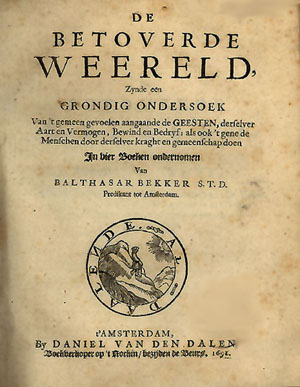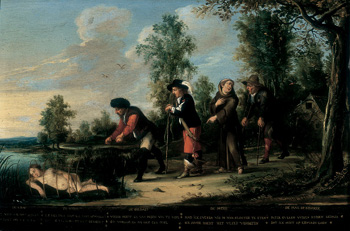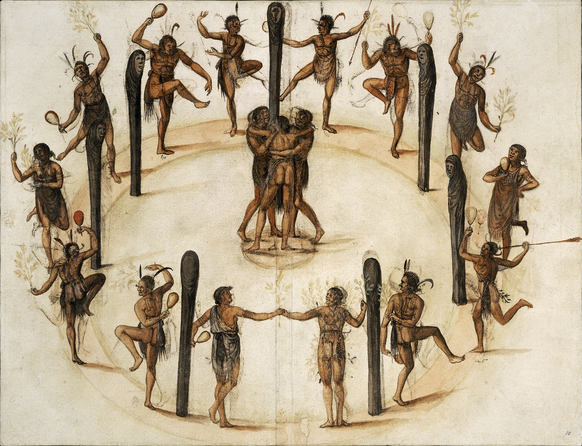 The Decline of Witch Hunts
The Decline of Witch Hunts
I. The Child-Witch: A Late Manifestation
A) Aggression Against Adults: Sweden, 1668-1676
B) Aggression Against Children: Augsburg, 1723
Image: "A Depiction of the Gruesome Witchery [in] Mora" (1670)
II. The Problem of Decline: A Functionalist
Account
A) Judicial Skepticism and the Crisis of Confidence
B) Theological and Philosophical Doubts
C) A Case in Point: Balthasar Bekker
Graph: Last Trials and Executions for Witchcraft in Europe

Image above: attributed to David Tenier the Younger (1610-1690), The Woman in the Net (ca. 1650); Oil on wood, 33.5 x 53 cm. Trier, Städtisches Museum Simeonstift. The painting expresses male fear of seduction through the use of love potions. A fisherman has caught a naked woman in his net; behind him stand a soldier, a pastor, and an old man. All are ensnared in love magic. The accompanying text warns of women's craftiness in allowing men to catch them. Image source: Hexenwahn: Ängste der Neuzeit (Deutsches Historisches Museum). Image right: Titlepage of Balthasar Bekker, De betoverde weereld [The Enchanted World] (Amsterdam: Daniel van den Dalen, 1691). Koninklijke Bibliotheek..

.jpg)